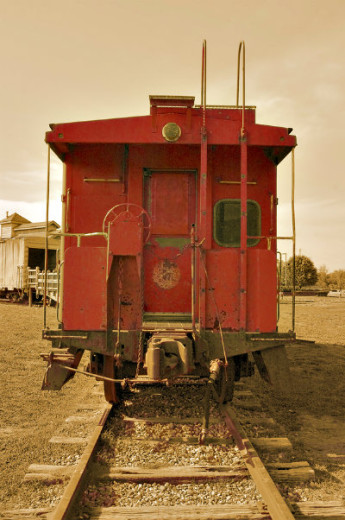Read an excerpt from this article below. You can download the full article by using the link at the end of the excerpt.
Heritage is more than inheritance. Wise planners, savvy chambers-of-commerce, even future-oriented independent businessmen have already glimpsed the tremendous potential implicit in heritage-based planning and merchandising. As the average age of Americans increases, more and more Americans find a “natural” interest in the past, and not only in “their” past of the 1940s and 50s, but of pasts beyond their own. With just a little skill, a little effort, any community can tap into the extraordinary energy generated by the graying of America and the nationwide sense of rapid change brought on by technological and social transformation. …
Over and over, mayors, planners, and historical society directors bemoan the utter ordinariness of their municipalities. “Nothing important even happened here. No Civil War battle, no great fire, no political speech, nothing.” Asked to walk about their downtowns, their residential streets, their factory areas in search of historic things, they walk past a wealth of things they dismiss as unimportant or out-of-date if they see them at all.
But let the bits and pieces be torn up to make way for progress, and the antique dealers begin pawing through them, selecting everything from cobblestones to fire alarm boxes to cast-iron hitching posts. Properly displayed in their stores, the dealers know, the junk becomes valuable, not only for its beautiful shape and color, but for its “historical associations” — its associations with a larger, deeper heritage.
 Planners need to sift antiques from junk, and focus attention on the antiques not so much as things important in themselves, but as portals to the national heritage. As historians now emphasize, everyday life is important indeed. But children still often learn history as a series of major events which usually happened away from their town or city. Even “ordinary” places can tap into the growing force of the national heritage, and become places that energize their inhabitants and reach out to tourists. …
Planners need to sift antiques from junk, and focus attention on the antiques not so much as things important in themselves, but as portals to the national heritage. As historians now emphasize, everyday life is important indeed. But children still often learn history as a series of major events which usually happened away from their town or city. Even “ordinary” places can tap into the growing force of the national heritage, and become places that energize their inhabitants and reach out to tourists. …
End of excerpt